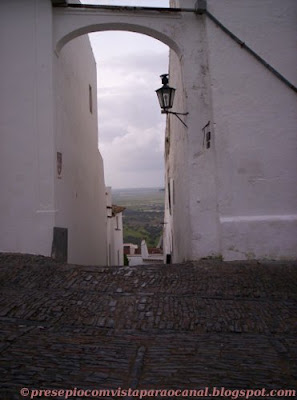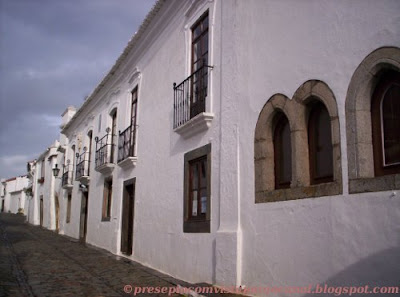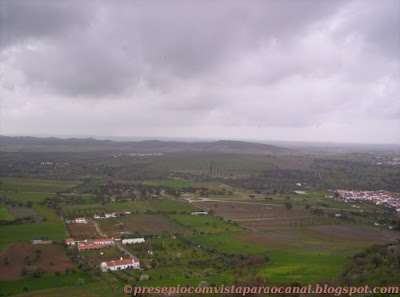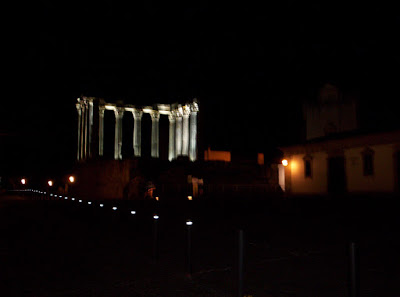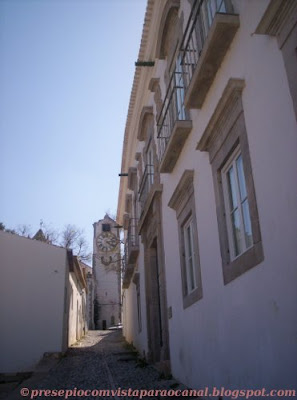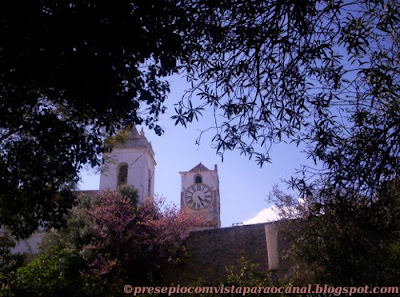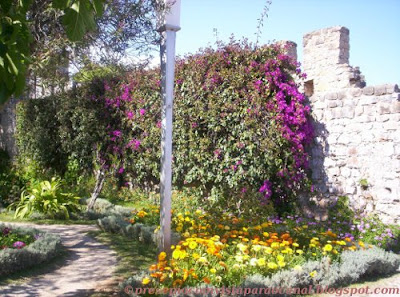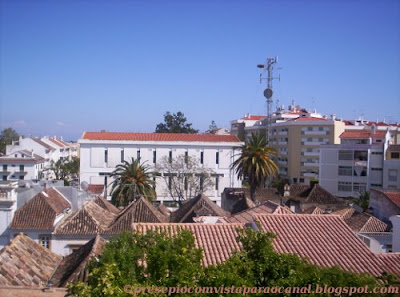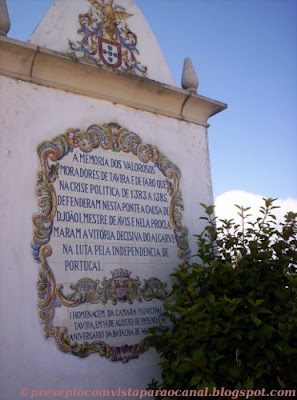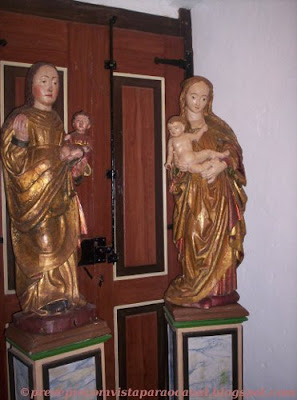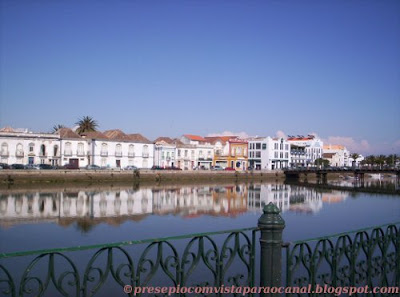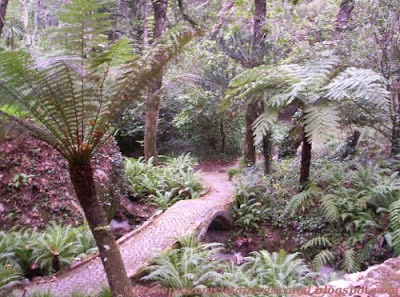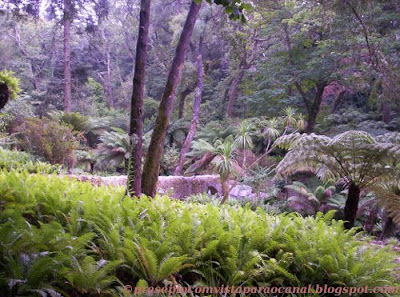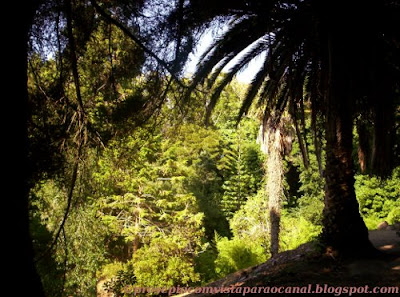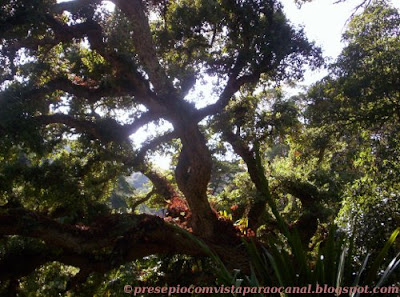Sintra...
3.
Palacio da Pena/Pena PalaceErgue-se la no alto...It stands on the high ...
I took this photograph at the top of the gardens of the Palace, where
Queen Dona Amelia used to sit to enjoy the panoramic views. They call those stones, the Throne ...
"The palace stands on the top of a hill above the town of Sintra, and on a clear day it can be easily seen from Lisbon and much of its metropolitan area. It is a national monument and constitutes one of the major expressions of 19th century Romanticism in the world. The palace is a UNESCO World Heritage Site and one of the Seven Wonders of Portugal. "
(From Wikipedia)
The magic is bigger when it gets clouded by the fog ...
Please click on the first link of this post to see the fotos of the magnificent rooms and exquisite art pieces...
"In 1838, as King consort Ferdinand II, he decided to acquire the old monastery, all of the surrounding lands, the nearby Castle of the Moors and a few other estates in the area. King Ferdinand then set out to transform the remains of the monastery into a palace that would serve as a summer residence for the Portuguese royal family. The commission for the Romantic style rebuilding was given to Lieutenant-General and mining engineer Baron Wilhelm Ludwig von Eschwege. Eschwege, a German amateur architect, was much traveled and likely had knowledge of several castles along the Rhine river. The construction took place between 1842-1854, although it was almost completed in 1847: King Ferdinand and Queen Maria II intervened decisively on matters of decoration and symbolism. Among others, the King suggested vault arches, Medieval and Islamic elements be included, and he also designed an exquisitely ornate window for the main façade (inspired by the chapter house window of the Convent of the Order of Christ in Tomar)."
(From Wikipedia)
The Gardens...
Os Jardins deste Palacio sao luxuriantes e encantadores, plenos de recantos, pontes, lagos, arvores frondosas, cisnes, estatuas,...
"The exotic taste of the Romanticism was applied to the park as it was to the palace. The king ordered trees from diverse, distant lands to be planted there. Those included North American Sequoia, Lawson's Cypress, Magnolia and Western Redcedar, Chinese Ginkgo, Japanese Cryptomeria, and a wide variety of ferns and tree ferns from Australia and New Zealand, concentrated in the Queen's Fern Garden (Feteira da Rainha). The park has a labyrinthic system of paths and narrow roads, connecting the palace to the many points of interest throughout the park, as well as to its two gated exits."
(From Wikipedia)
I leave you with the roses of Queen Dona Amelia ...
...is now late afternoon, so you must go to ...
4.
Seteais...
"The Seteais Palace is a neoclassical palace located in Sintra, Portugal. The palace is nowadays a luxury hotel, restaurant and a tourist attraction included in the Cultural Landscape of Sintra, listed as World Heritage Site by UNESCO."
(From Wikipedia)
and follow the advice of Tessa de Loo: take a glass of port on the terrace ...:-)
"Niets is fijner dan aan het eind van de middag op het terras van de Quinta de Seteais (in de 18e eeuw gebouwd door een Hollandse koopman, Braamcamp geheten) een glas port te drinken."
Vale a pena, sei por experiencia propria, pena que nao tenha nenhuma foto desse fim de tarde....
Sintra tem muito mais para visitar:praias, serra, miradouros, e locais unicos como o
Convento dos Capuchos e a
Quinta da Regaleira....
See this post in the blog
Dutched Pinay about Quinta da Regaleira and Seteais Palace...amazing fotos, by the way...
Sintra is unique ... not surprising, therefore, that has enchanted writers like
Hans Christian Andersen or Lord Byron, as stated, well, Tessa de Loo.
"De romantische sfeer trok ook schrijvers en dichters uit den vreemde aan, als Hans Christiaan Andersen, Lord Byron en William Beckford, die een geestig dagboek schreef over zijn verblijf."
Let us therefore follow the example of these writers ...
Have a wonderful time in Sintra!

